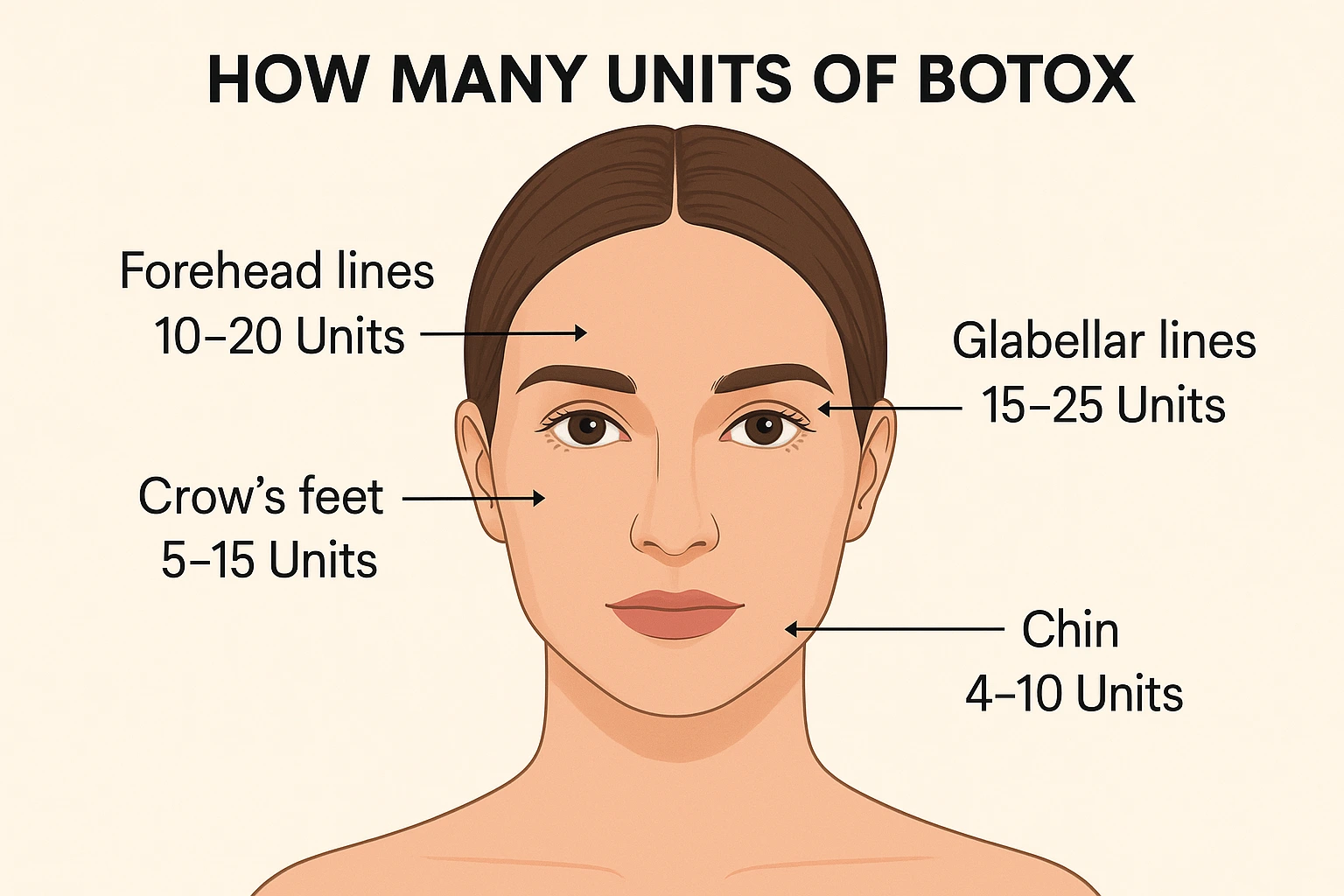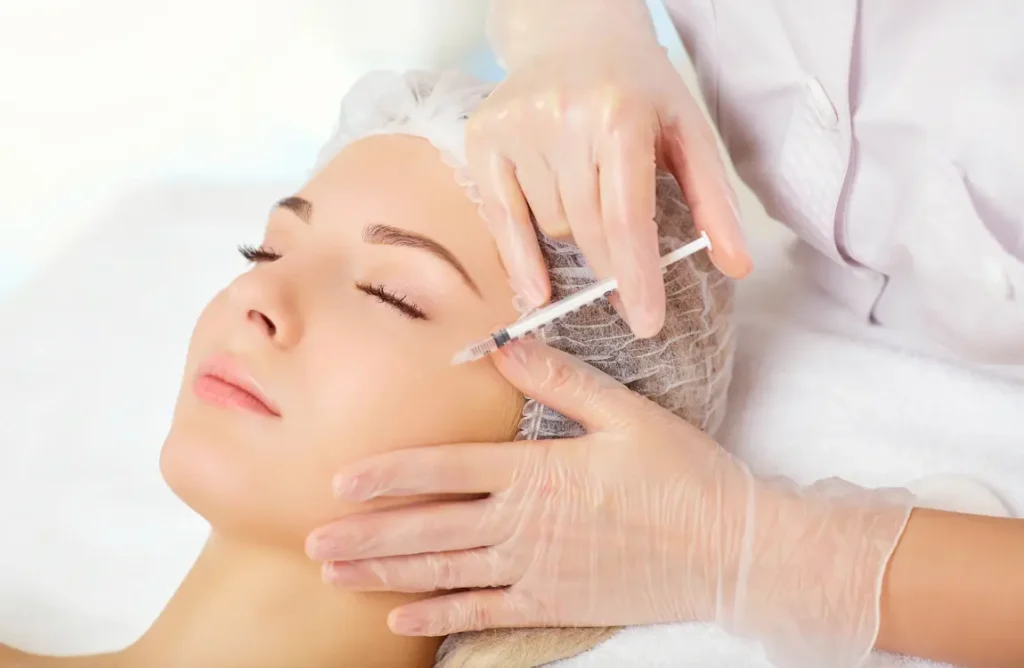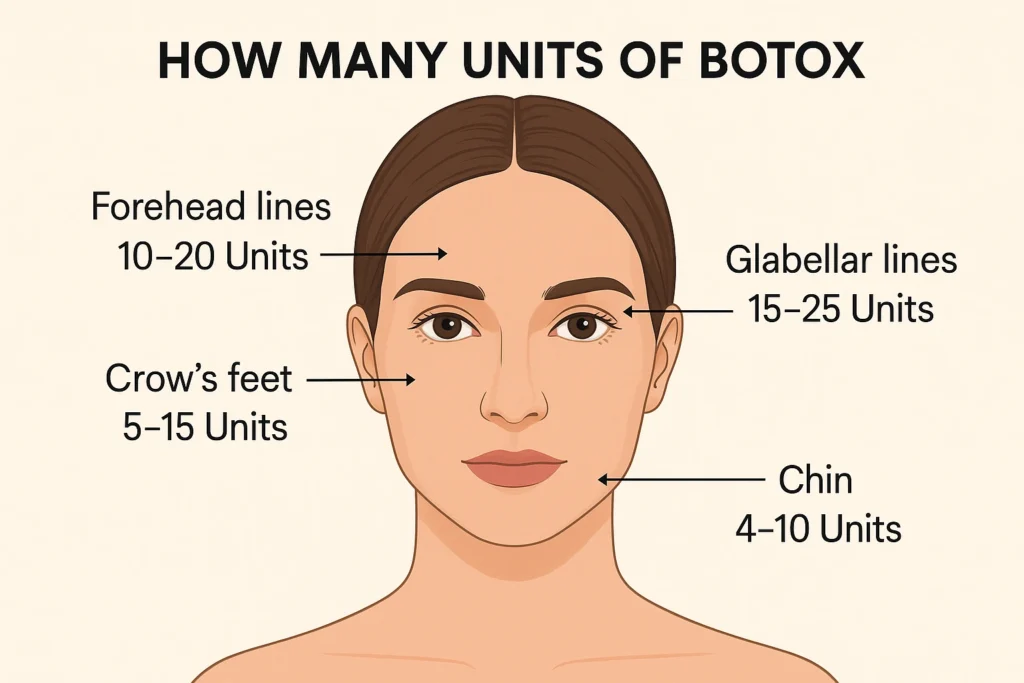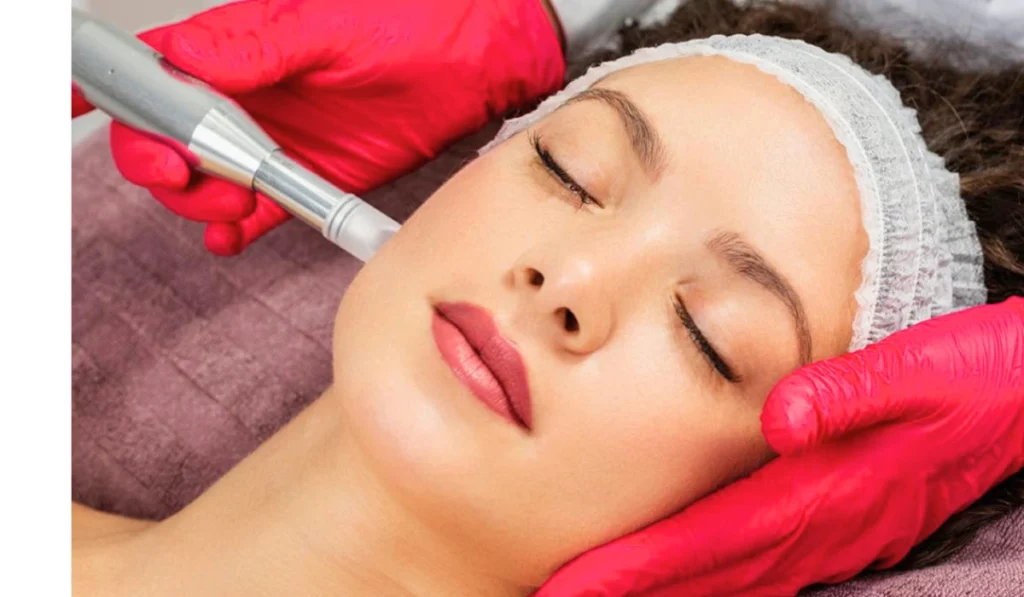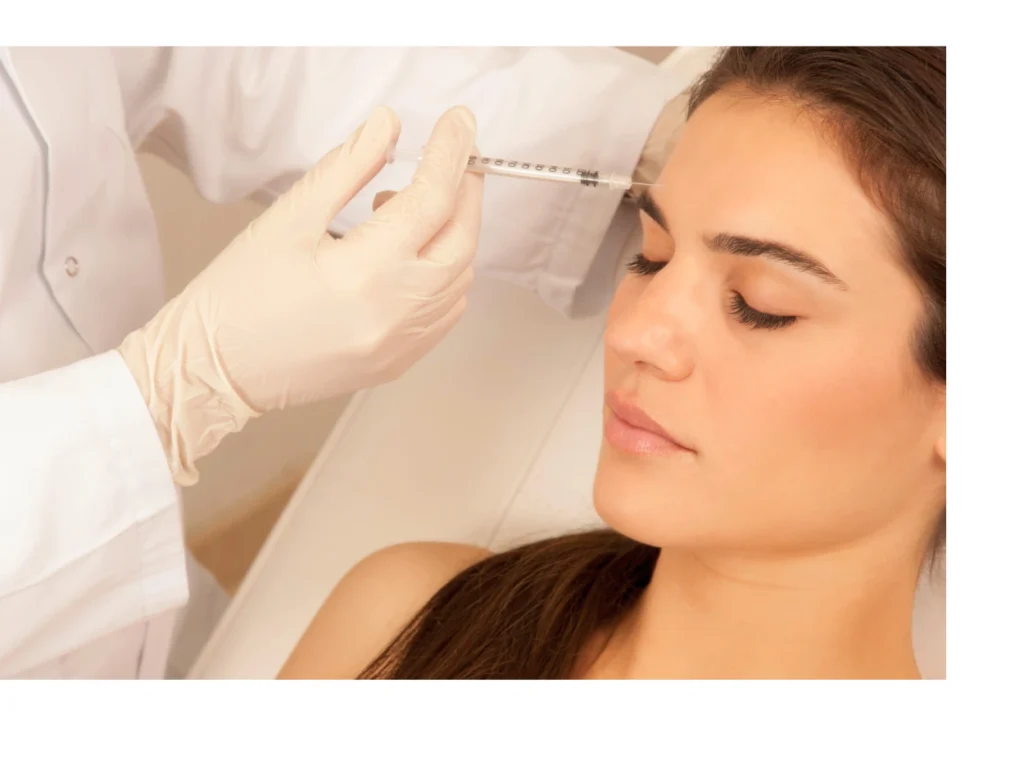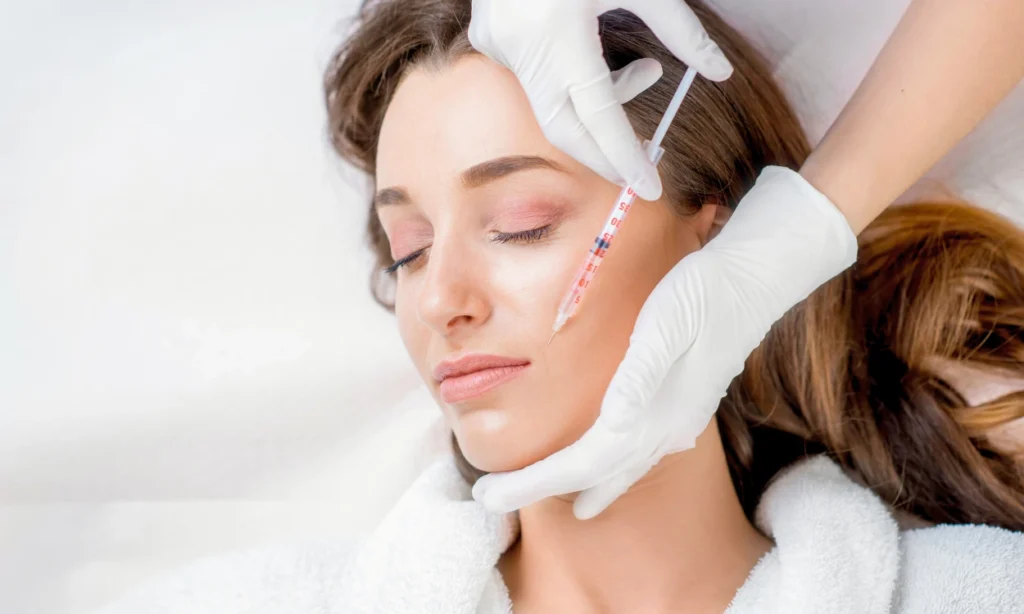How many units of Botox do you need? This is a common question.
The answer depends on your goals and areas of treatment. Botox is a popular choice for reducing wrinkles and fine lines. It works by relaxing muscles in specific areas of the face. Different people need different amounts. Factors like age, muscle strength, and treatment area play a big role.
A professional will assess your needs. They will then recommend the right number of units. Understanding this process can help you feel more confident. Botox can give you a refreshed look when done right. Read on to learn more about how many units you might need.
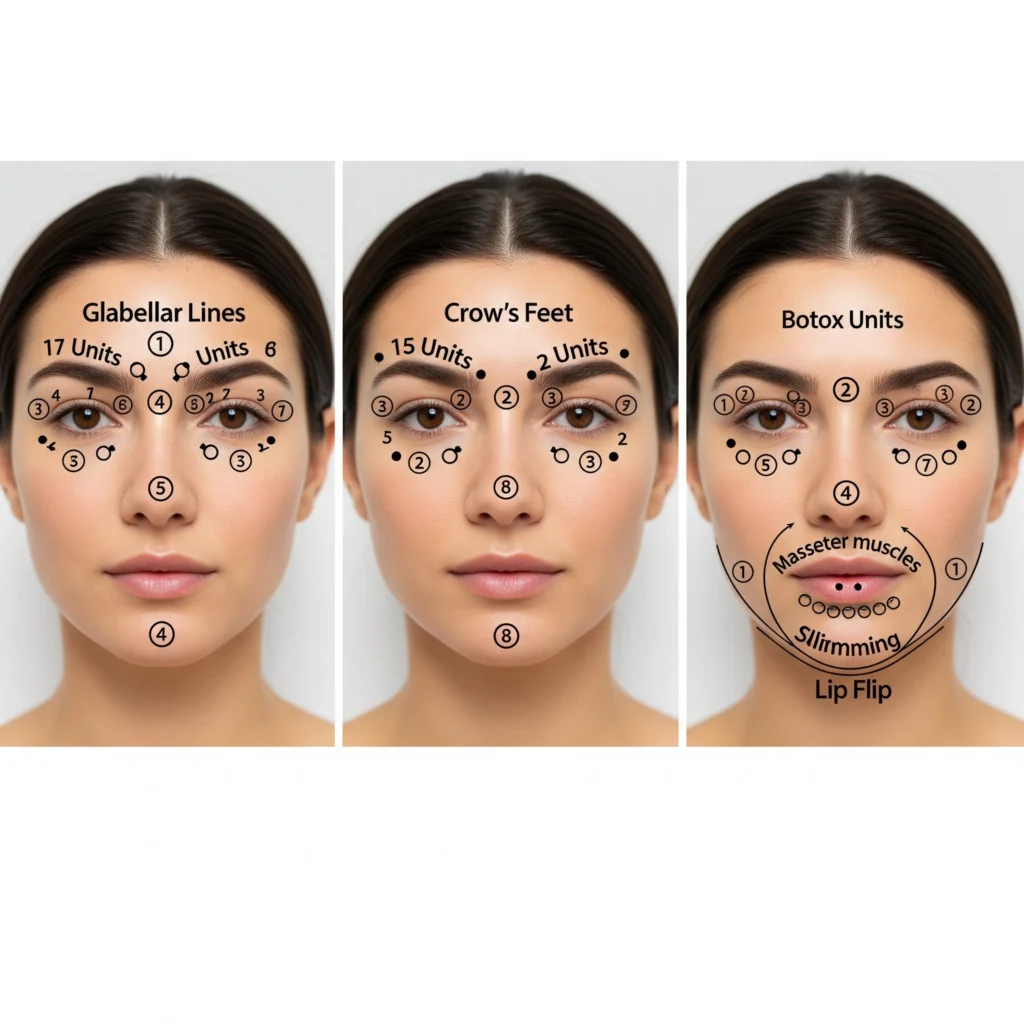
Factors Influencing Botox Units
Understanding how many units of Botox you need can be tricky. Several factors influence the number of units required for effective treatment. Knowing these factors helps in achieving optimal results. Let’s delve into the key considerations.
Age And Skin Condition
Your age plays a significant role in determining Botox units. Younger individuals may need fewer units. Older individuals might require more. This is because skin loses elasticity with age. Also, the condition of your skin matters. Healthier skin responds better to Botox treatments.
Treatment Area
The area you want to treat affects the number of Botox units. Smaller areas like crow’s feet need fewer units. Larger areas like the forehead require more units. Each area has specific unit recommendations. For example, the glabella (frown lines) often needs 20-30 units.
Common Areas For Botox
Botox treatments are popular for smoothing wrinkles and fine lines. Many people choose Botox to rejuvenate their appearance. Understanding common areas for Botox helps determine the number of units needed. Let’s explore two frequent treatment areas: forehead lines and crow’s feet.
Forehead Lines
Forehead lines are often the first signs of aging. These lines appear due to repeated expressions. Botox relaxes the muscles, reducing the appearance of lines. Typically, 10 to 20 units are required for this area. The exact number depends on the depth of the lines and muscle strength. A skilled provider assesses your needs for the best results.
Crow’s Feet
Crow’s feet are the fine lines around the eyes. They form from smiling and squinting. Botox smooths these lines, creating a youthful look. Usually, 5 to 15 units per side are needed. The number of units varies based on the extent of the lines. A professional consultation ensures you get the right amount.
Botox Units For Different Goals
Understanding the number of Botox units needed can be confusing. Different goals require different amounts. Below, we will break down the units needed for various objectives. This will help you understand how many units of Botox you may need for each goal.
Smooth Wrinkles
Smoothing wrinkles is a common use for Botox. The number of units depends on the area treated. Here is a general guide:
| Area | Units Needed |
|---|---|
| Forehead Lines | 10-20 units |
| Frown Lines | 20-30 units |
| Crow’s Feet | 5-15 units per side |
Each person’s needs vary. Consult with a professional for a personalized plan.
Lift Eyebrows
Using Botox to lift eyebrows is another popular goal. This treatment often requires fewer units. Below is an estimate:
- Eyebrow Lift: 4-6 units per side
Again, individual needs differ. Speak to your provider for a specific recommendation.
Knowing the units needed helps you plan better. Always discuss your goals with a certified professional.
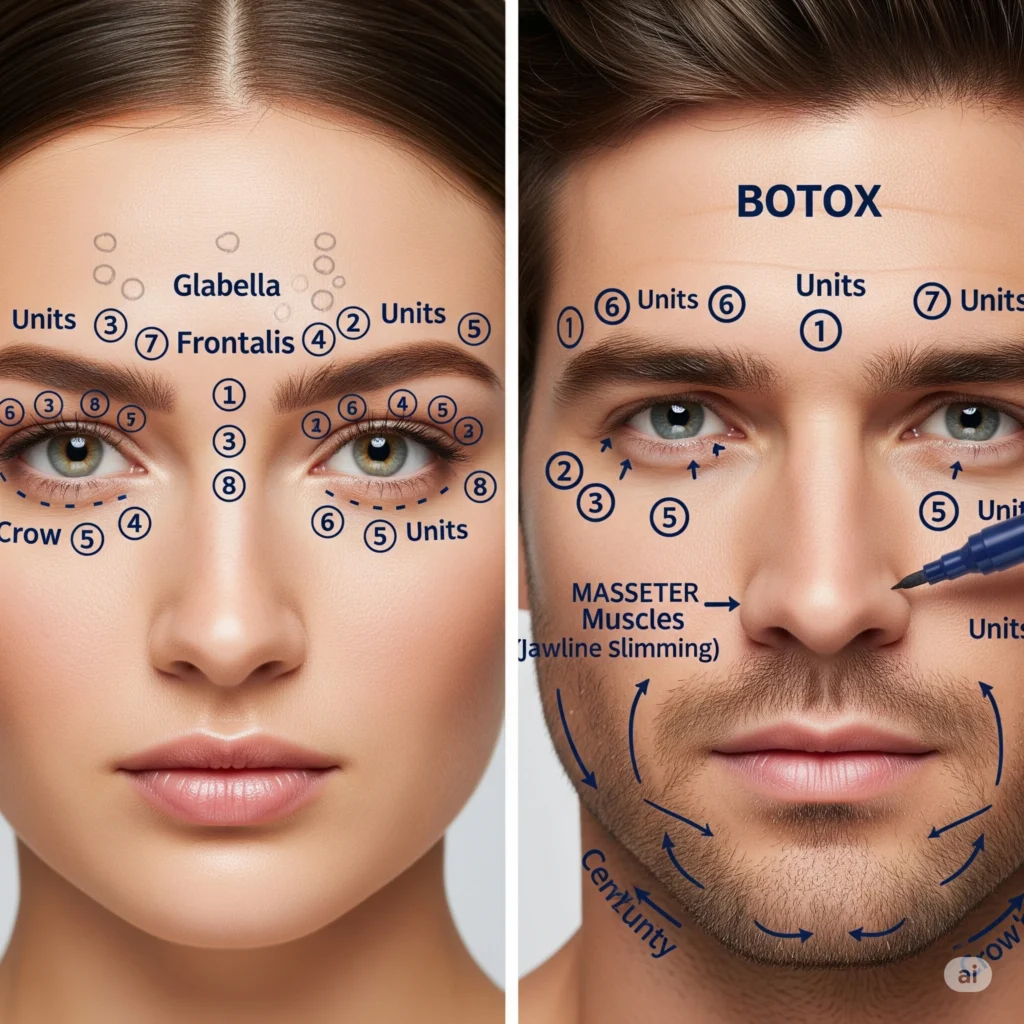
Consultation With A Specialist
Understanding how many units of Botox you need starts with a consultation. A specialist will guide you through the process. This step ensures you receive a treatment tailored to your needs.
Personalized Assessment
During the consultation, the specialist will perform a personalized assessment. They will examine your facial muscles and skin. They will ask about your goals and medical history.
This information helps the specialist determine the right amount of Botox. A personalized assessment ensures a safe and effective treatment. It is an important step in the Botox process.
Treatment Plan
Based on the assessment, the specialist will create a treatment plan. This plan will detail how many units of Botox you need. It will also explain where the injections will be placed.
The treatment plan helps you understand what to expect. It ensures that your treatment is customized to your specific needs. A well-designed plan can lead to better results.
Average Units Needed
When considering Botox, understanding the average units needed is crucial. It helps manage expectations and plan your treatment effectively.
General Guidelines
For a typical Botox treatment, the average units needed vary. Forehead lines usually need about 10 to 30 units. The area between the eyebrows, known as the glabella, may require 20 to 25 units. Crow’s feet, the lines around the eyes, often need 5 to 15 units per side.
The amount depends on the muscle strength and the desired effect. A consultation with a professional ensures the right dosage for your needs. They assess your facial structure and muscle activity.
Variations By Individual
Each person is unique. Therefore, Botox units can vary widely. Age, gender, and muscle strength all influence the amount needed.
For example, younger individuals with finer lines may need fewer units. Older individuals with deeper lines might require more. Men often need more units than women due to stronger facial muscles.
Ultimately, a personalized treatment plan ensures optimal results. A professional can tailor the dosage to fit your specific needs. This approach ensures safety and effectiveness.
Safety And Side Effects
Botox is popular for reducing wrinkles. But, it’s important to know its safety and side effects. Many people use Botox without problems. Yet, some may experience reactions. Knowing what to expect helps in making an informed decision.
Possible Reactions
Like all treatments, Botox can have side effects. Most are mild and temporary. Here are some possible reactions:
- Mild pain or swelling at the injection site
- Bruising
- Headache
- Drooping eyelids or eyebrows
- Flu-like symptoms
Severe side effects are rare but possible. It’s important to contact a doctor if experiencing:
- Difficulty breathing or swallowing
- Muscle weakness
- Vision problems
- Loss of bladder control
Minimizing Risks
Minimizing risks involves choosing a qualified professional. Ensure the provider is experienced with Botox. Discuss your medical history with them. They need to know about any health conditions or allergies.
Follow the aftercare instructions carefully. This might include:
- Avoiding rubbing the treated area
- Staying upright for a few hours post-treatment
- Skipping strenuous activities for a day
These steps help in reducing side effects and ensuring safety. Always ask your provider if unsure about any instructions.
Post-treatment Care
Understanding post-treatment care is crucial for the best Botox results. Proper care ensures the effectiveness and longevity of the treatment. This section covers essential steps for immediate aftercare and long-term maintenance.
Immediate Aftercare
Avoid touching or rubbing the treated area for the first 24 hours. This helps prevent Botox from spreading to unintended areas. Refrain from lying down for at least four hours post-treatment. This reduces the risk of Botox migration.
Do not engage in strenuous activities for the first day. Exercise can increase blood flow and affect results. Avoid alcohol and blood-thinning medications for 24 hours. These can increase the risk of bruising.
Long-term Maintenance
To maintain results, follow a regular skincare routine. Use gentle cleansers and moisturizers to keep skin healthy. Protect your skin from sun exposure. Use sunscreen daily to prevent premature aging.
Regular touch-up sessions are necessary. Schedule follow-up appointments every three to six months. This helps maintain the desired effect. Stay hydrated and maintain a healthy diet. Good nutrition supports skin health.
Consult with your provider for personalized advice. They can recommend the best care routine for your needs.
Frequently Asked Questions
How Many Units Of Botox Do I Need For Forehead?
The number of units varies. Typically, 10-30 units are needed for the forehead area.
How Much Botox Do I Need For Crow’s Feet?
For crow’s feet, around 5-15 units per side are usually needed to achieve good results.
What Factors Determine The Amount Of Botox Needed?
Factors include treatment area, muscle strength, and desired results. Each person is different and needs a unique plan.
How Often Do I Need Botox Injections?
Botox effects usually last 3-4 months. Regular treatments are needed to maintain the results.
Conclusion
Determining the right Botox units varies for everyone. Consult with a professional. They will assess your needs and goals. Typically, professionals recommend between 20-60 units. Regular follow-ups ensure optimal results. Always choose a qualified practitioner for safety. They can customize treatment for your specific needs.
Remember, less is sometimes more with Botox. Start conservatively and adjust as needed. Your satisfaction and safety come first. Enjoy smoother skin with the right approach.

